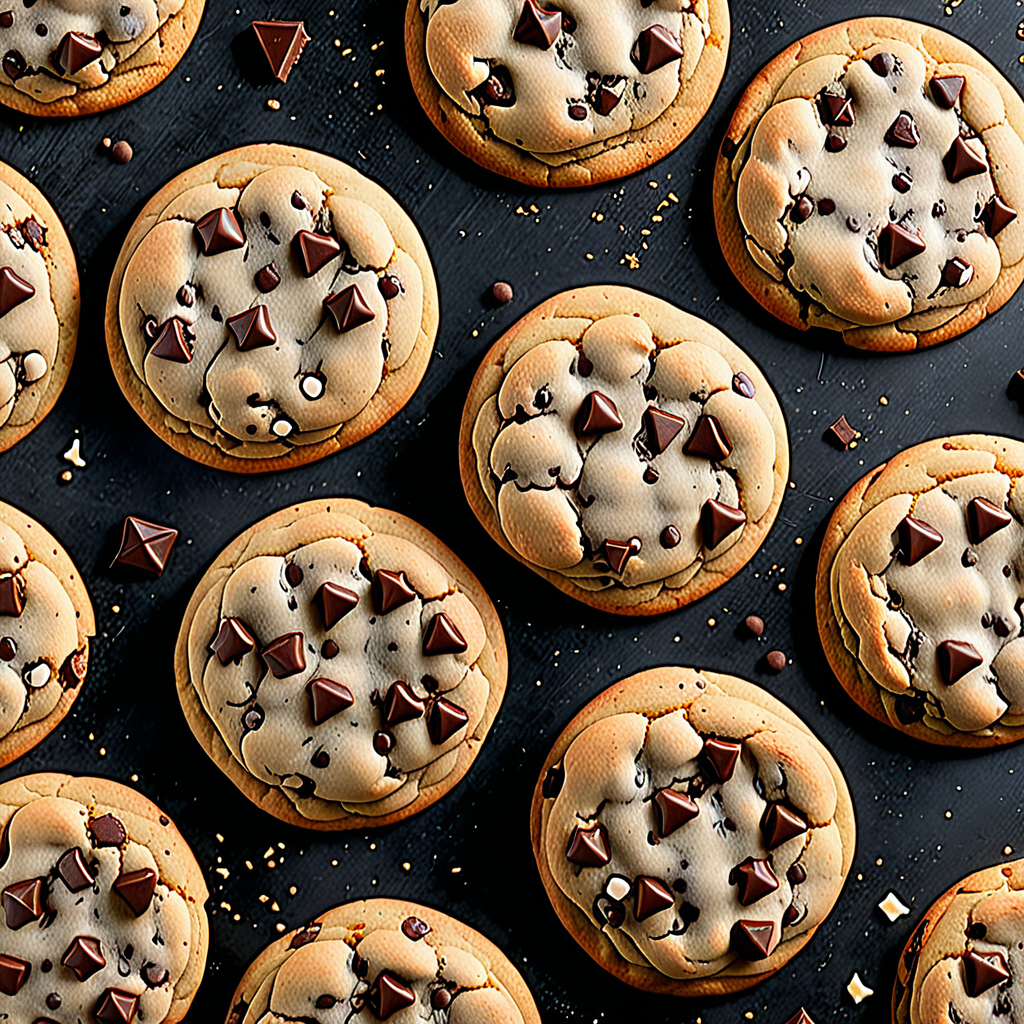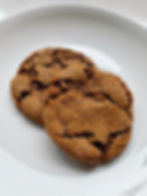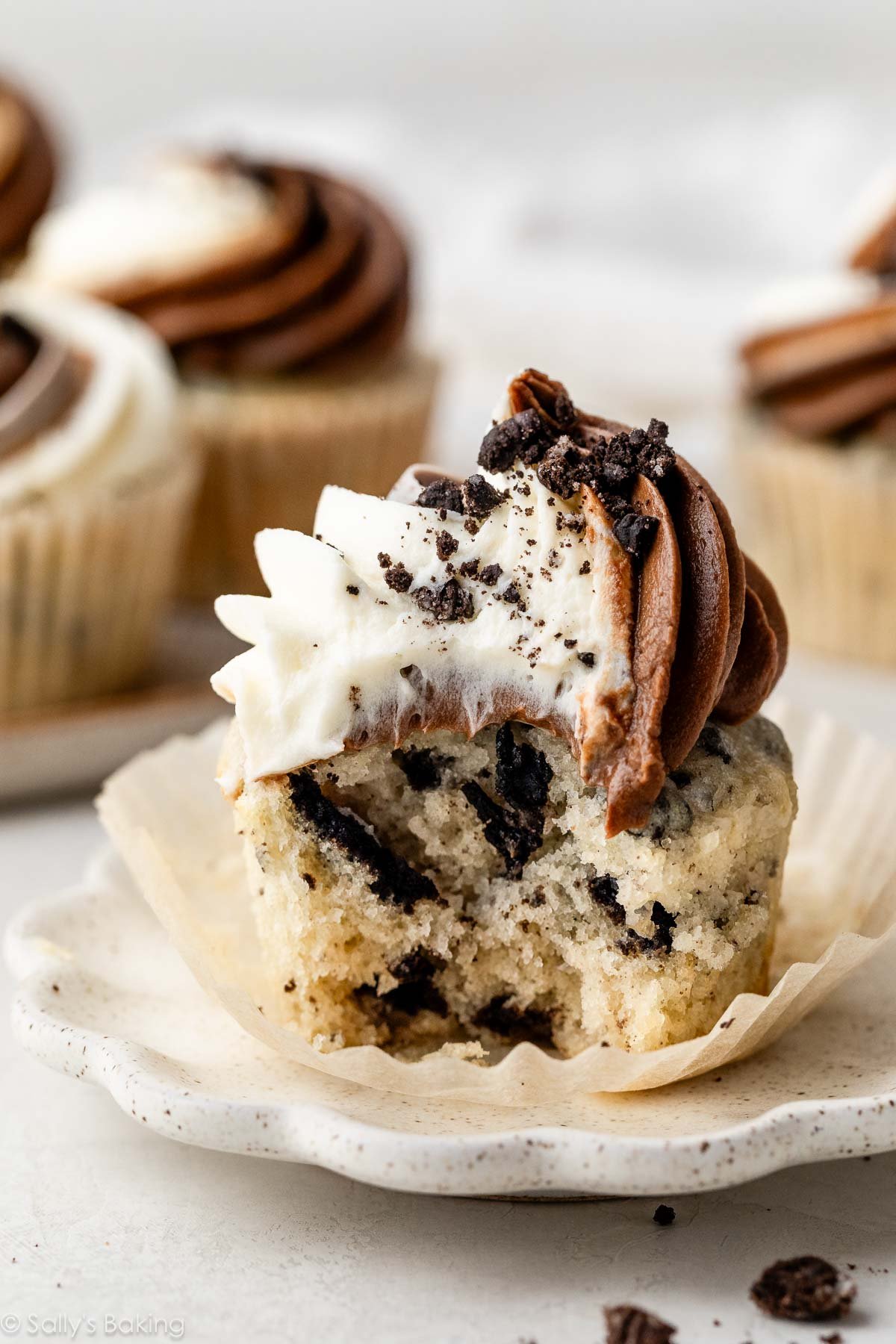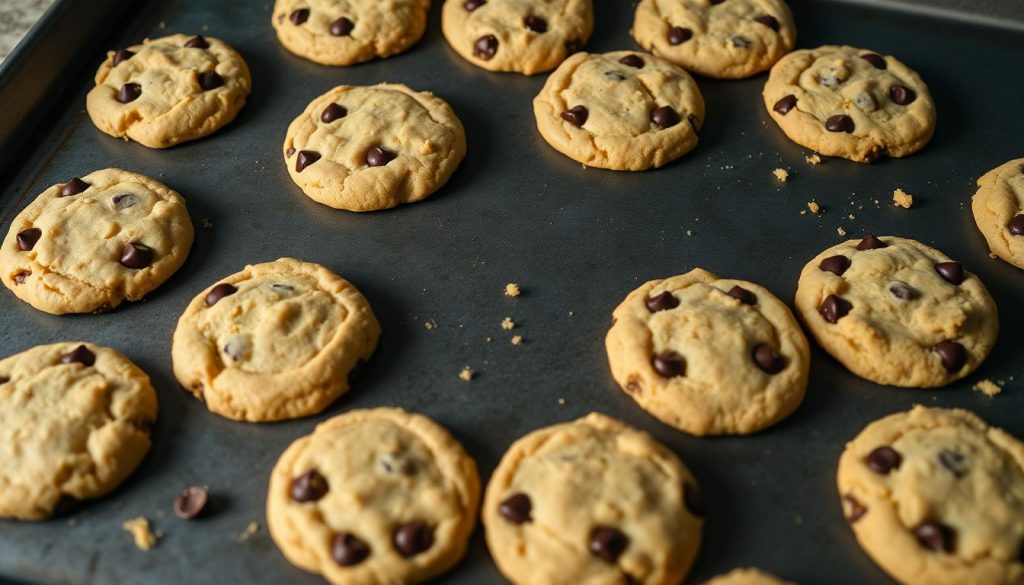
Ever bake a batch of chocolate chip cookies, excited for that warm, gooey goodness, only to pull out a tray of flat, crispy disappointments? It’s a common baking woe! Many things can cause flat cookies.
This article will look into why cookies spread too thin. We will provide you with solutions for perfect chewy cookies. Get ready to become a cookie-baking pro!
The Role of Butter: Too Soft, Too Melted
Butter plays a leading role in the texture of a cookie by providing flavor and richness. However, cookie spread during baking is directly affected by the temperature of butter.
The Butter Temperature Problem
Cookies spread when the butter is warm and soft or has melted. The best temperature for butter would be just soft enough to work with. It should, however, still hold its shape under your fingers. If the butter is melted, it will cause excess gluten and hence flat cookies.
For the most perfect consistency, bring the butter out of the fridge and let it come to room temperature. It shouldn’t look greasy! Check the butter by doing the “finger indent” test by slowly pressing down with a finger. It should leave a slight indent, but it should not feel like you’re pushing through some liquid.
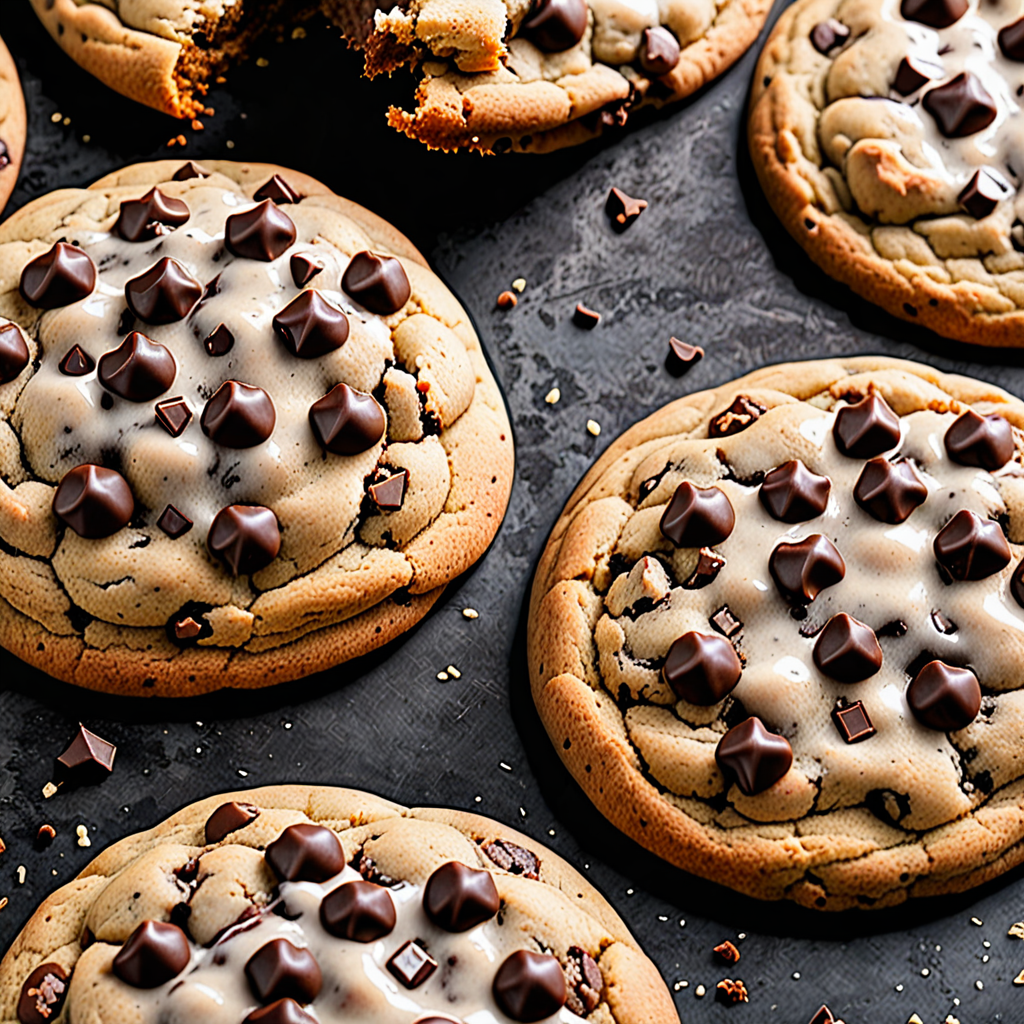
The Correct Method for Creaming Butter and Sugar
Creaming butter and sugar is astonishingly important. It whips air into the batter. This gives it a light and fluffy texture, which gives volume to the cookies.
Cream the butter and sugar for about 3-5 minutes at medium speed with a mixer. The mixture should go from yellow to a really pale, fluffy mixture. It should be a lot lighter in color and texture. This step is key to avoiding flat chocolate chip cookies.
Sugar: The Sweet Culprit
Sugar does much more than provide sweetness. It helps determine the texture and spread of your cookies, therefore, each sugar will play its own role in the chemistry of the cookie.
Granulated Sugar-to-Brown Sugar Ratio
Granulated sugar aids spreading. Brown sugar lends chewiness to the cookie. There goes the flat cookie with too much granulated sugar.
A 1/2 granulated-3/4 brown sugar ratio would be ideal. This gives a good balance of spread vs. chewiness. Modify as per preference.
Sugar Measurement Accuracy
Measurements are everything in baking. Especially when it comes to sugar, it has a very big influence on the end product. Too much or too little will ruin the whole procedure.
Using a kitchen scale will guarantee perfection. You will know with certainty that you are using what is stated. If you are not using a scale, use a spoon to ladle sugar into a measuring cup for your desired weight. After that, level it off with a straight edge.
Flour Power: Structure
Flour is the main structure-defining ingredient for cookies, enabling them to remain intact and not spread beyond acceptable limits. It is crucial to have the right amount of flour for perfectly baked cookies.
Measuring Flour Accurately

How loosely can you measure flour? If you scoop directly from the bag, you may compact the flour, therefore using too much.
Use the spoon and level method. Spoon flour into your measuring cup, lightly fluffing the flour to keep it powdery and ensure it does not pack down in the cup. Do not shake or tap the cup. Level off the top with a knife.
The Role of Gluten Development
Overmixing dough can produce too much gluten which may result in hard and flat cookies. Mix until the ingredients are combined.
Mix until the flour is more or less disappeared into the wet ingredients. Don’t keep mixing after that. There may be some streaks of flour still, and that’s perfectly okay.
Leavening Agents: Baking Soda vs. Baking Powder
Baking soda and baking powder are the substances that cause the cookies to rise, golly gee! They produce air bubbles in the cookie dough. The correct quantity and freshness of these leaveners are key factors.
Expired Leavening Agents: A Common Mistake
Once your baking soda or baking powder expires, these leaveners become dormant. Your cookies, therefore, will not rise the way they are supposed to. So always check the expiration date!
To check your baking soda, toss a teaspoon with a little vinegar; it should bubble vigorously. To check your baking powder, mix a teaspoon with some hot water; it should really bubble.
Using the Right Amount
Leavening is the most helpful when used properly, very little or too much can lead to a sorry affair. Proportions in a proper recipe count for a lot with cookies.
A good rule of thumb is this: 1/4 teaspoon of baking soda or 1 teaspoon of baking powder per cup of flour. Be prepared to adjust according to your personal recipe.
Consider the Temperature of Your Oven and Baking Sheet
The temperature of the oven and the type of baking sheets used can also contribute to the cookie’s spread. An accurate oven and the right equipment are very important; therefore, these small details become crucial.
Calibrate Your Oven
Baking would go wrong with an incorrect oven temperature. Your oven might not be heating to the temperature it indicates. Getting an oven thermometer would go a long way.
Put the oven thermometer inside your oven. Set the oven at 350°F (175°C). Allow pre-heating for the specified time. Compare the temperature with the thermometer reading. Should there be any difference, adjust your oven temperature accordingly.
Baking Sheet Material and Preparation
Dark baking sheets absorb more heat. This can cause cookies to spread and burn. Parchment paper or silicone mats will prevent sticking and promote even baking.
Use light-colored sheets. Line with parchment paper or silicone mats. This will enable the cookies to bake evenly and minimize excess spreading.
Conclusion
Flat chocolate chip cookies can be one of the most disappointing things! Referring to the science of cookie baking makes a difference. Balancing butter, sugar, and flour is important. Fresh leavening agents and an accurate oven are key.
Measuring and applying technique will all increase the chance of good results. But trying new things can do wonders for your learning experience. Baking truly is about mastering your technique through experience. Every new batch builds on the previous. Keep at it, and soon enough you’ll be enjoying chewy, well-baked cookies!

